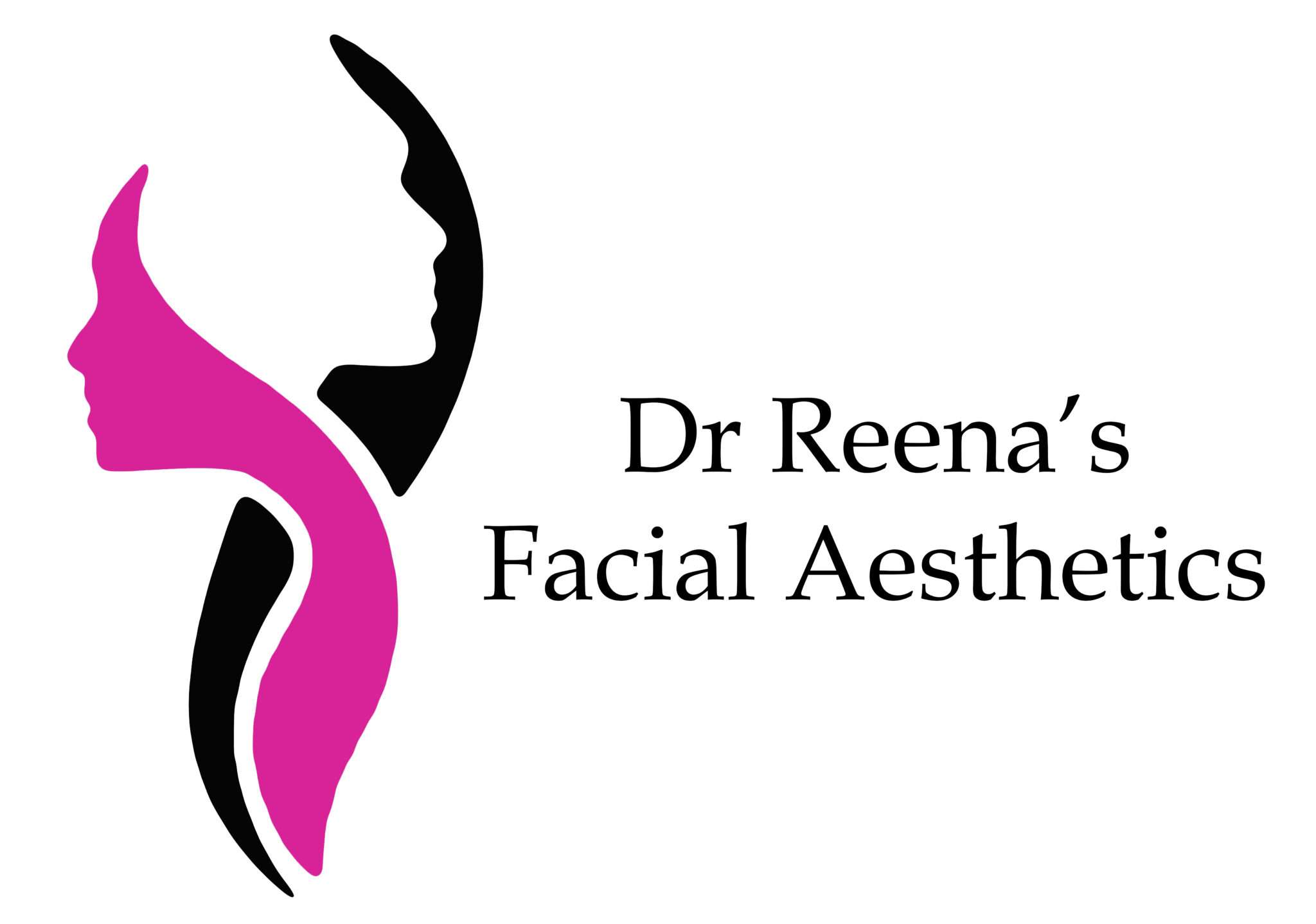Three Types of Hyperpigmentation and How to Treat Them
All You Need To Know About Hyperpigmentation
Hyperpigmentation is a relatively common skin condition and usually quite harmless. However, it is a cosmetic concern for the many people that it affects. Hyperpigmentation is characterised by patches of skin that become darker in color than the normal surrounding skin. It occurs because of an overabundance of the brown pigment that produces normal skin color (melanin) thus forming deposits (patches) in the skin. People of all skin colors and ethnicity can experience hyperpigmentation although it is more common in darker skin types.
Three Main Types Of Hyperpigmentation
Sunspots
Sunspots are level, dull spots brought about by sun openness and furthermore alluded to as lentigines, age spots or liver spots. They are normally seen on the face, chest, and hands and connected with expanding age (expanded sun openness with time).
Treatment incorporates a mix of chemical peels and skin skincare items. The best treatment way to deal with this type of hyperpigmentation is anticipation utilizing a blend of sun aversion and skin healthy skin items like a sunscreen, cell reinforcement (C E Ferulic by SkinCeuticals), and retinoids (retinol, Retin-A). Once sundamage and sunspots have happened, we might treat it utilising cell reinforcements and retinoids, for example, Retin-A which peel skin, even skin tone, diminish scarce differences and produce collagen. At long last, in patients with especially awful photoaging and hyperpigmentation, I might choose to treat with a chemical peel.
Melasma
Melasma is a typical skin condition seen all the more habitually in ladies then men and related with sun openness, oral prophylactic use, and pregnancy (cover of pregnancy). Melasma presents as sporadic earthy colored patches on the cheeks, temple, extension of nose, upper lip, and jaw.
The highest quality level treatment for melasma is hydroquinone. Be that as it may, long haul hydroquinone use isn’t suggested. We as a rule “beat” treat our patients with 4% hydroquinone for a very long time followed by a nonhydroquinone skin lightener for 6-8 months. Kojic corrosive, azelaic corrosive, and tretinoin (for example Retin-A) are incredible hydroquinone choices. Over the counter items, for example, those containing ascorbic corrosive (nutrient C) and retinols which are less bothering types of tretinoin additionally assist with melasma. At long last, chemical peel, for example, a glycolic chemical peel.
Post Inflammatory Hyperpigmentation
Post provocative hyperpigmentation (PIH) is typically brief pigmentation (most cases resolve inside 2-6 months) and addresses the skin’s reaction or response to some injury whether that injury be disease, skin break out, waxing, chemical peels or some energy based treatment like a laser. While it will for the most part settle all alone, we might decide to accelerate goal utilising different skin medicines, for example, hydroquinone, tretinoin, corticosteroid creams or a progression of glycolic corrosive strips or light laser reemerging. Stay away from sun openness when PIH happens on the grounds that daylight can deteriorate the pigmentation.
While hyperpigmentation is normal and a worry for some, we are glad to have the option to compose that there are numerous medicines and quality items now accessible to assist with lighting up skin and even tone. Notwithstanding, by the day’s end, the main thing to forestalling pigmentation is severe sun evasion. This can be refined utilizing SPF 30+ sunscreen, wide-overflowed caps and shades. This applies to patients with photoaging, melasma, and PIH.
If you are interested in meeting with a trained physician, Dr. Reena Halai, to discuss solutions to hyperpigmentation, I invite you to schedule a consultation and evaluation at my beautiful clinic. Please call me a call on +44 7825 085 598 today.
Hyperpigmentation is a relatively common skin condition and usually quite harmless. However, it is a cosmetic concern for the many people that it affects. Hyperpigmentation is characterised by patches of skin that become darker in color than the normal surrounding skin. It occurs because of an overabundance of the brown pigment that produces normal skin color (melanin) thus forming deposits (patches) in the skin. People of all skin colors and ethnicity can experience hyperpigmentation although it is more common in darker skin types.

